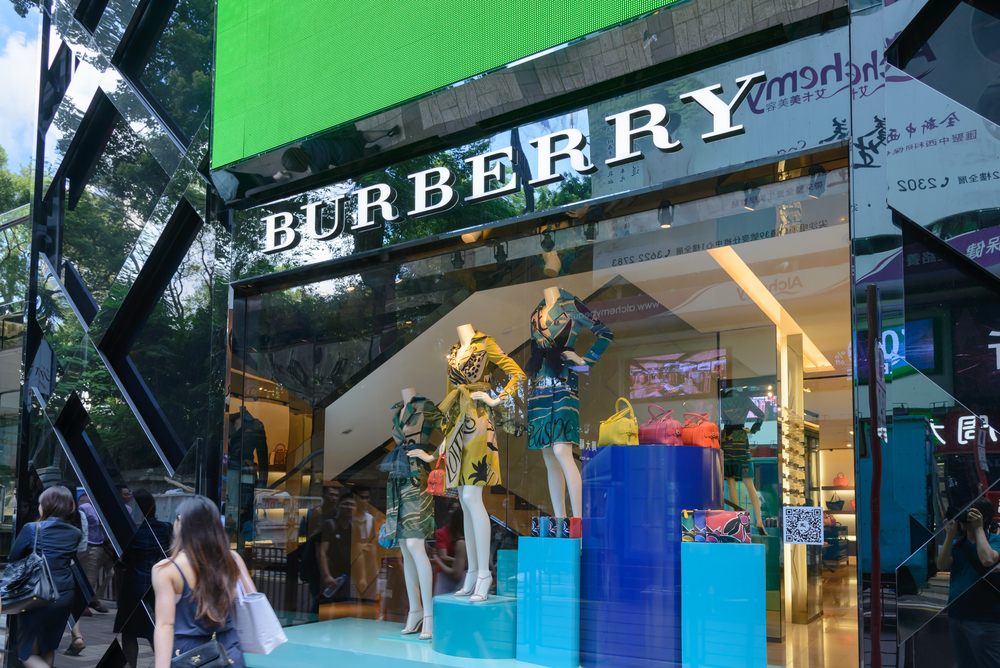Traditionally, getting a competitive edge required innovating through research and development, being the first to market and ensuring strong IP protection. Open innovation, on the other hand, assumes a more collaborative, and outward-looking approach.
Several factors have led to rise of open innovation and the erosion of ‘closed’ innovation – the mobility and availability of highly educated people have increased, so large volumes of knowledge exist outside the research centres of large companies and an increase in venture capital activity and licensing opportunities brings new opportunities outside the realm of companies’ internal operations.
This has encouraged companies to start to look at new ways to increase the efficiency and effectiveness of their innovation process therefore developing a new mindset.
The 20th Century environment relied heavily upon closed innovation and the internal creation of IP – companies could be seen as individuals within economies and in order to compete, it was believed that a company must do everything to protect themselves from competition.
>See also: Unleashing the potential of open data
Sharing information, co-creating and building value networks would traditionally be viewed as a threat rather than an opportunity. However, in today’s marketplace, a company can no longer rely on its own capabilities – in order to successfully compete effectively, it needs to collaborate in a network with suppliers, customers and, yes, even competitors.
While it is fair to say this trend began outside of the technology industry, it has more recently been adopted by some key players in the tech world.
Tradition vs. innovation
It has since been proven that open innovation can enable businesses to modernise, and strengthen brand identification through collaborations, therefore opening up new avenues and markets and creating dialogue with customers.
Burberry is a leading digital and innovating luxury brand that is often cited as a successful example of adopting open innovation strategies to expand its brand reach and engagement. This is somewhat remarkable when you think that Burberry is a brand heavily weighted in traditional British heritage.
Indeed, luxury and innovation can sometimes be considered uncomfortable companions. A clear dichotomy exists between tradition and innovation but it is not the only one.
However, with innovation and disruption rife in all fields and technology playing such a vital role in current society, can businesses afford to ignore it?
With a change in the nature and function of many products prompted by new technologies, brands now have greater opportunities to explore open innovation strategies.
Recent campaigns, particularly in the world of fashion and retail, have demonstrated more ‘co-opetition’ between brands. The rise of wearable technology has blurred the lines between different product categories, generally clothing and technology.
Open innovation techniques converge digital and physical products and they have enabled businesses to unlock, breakdown and share consumer data.
Technology plays an important role in a number of businesses’ open innovation strategies, particularly with the ‘digitalisation of retail’ and with e-commerce and digital playing a key role in marketing strategies.
The surge of social media activity and consumer engagement notably in the fashion arena has been remarkable and the concept of “Fashion Tech” has evolved immensely.
Following on from e-commerce and social media, personalisation of the consumer experience is a further strategy for open innovation that has seen a variety of embodiments in brand extension and development, particularly in the retail tech sector.
Through consumer engagement strategies, brands have placed the power in the consumer to co-develop products according to their own specification.
A further means of tailoring a business offering to the consumer is through crowdsourcing and crowdfunding. This is of particular use to entrepreneurial start-up companies in conducting live market research and proof of concept, whilst gleaning support, funding and brand exposure in the process.
Open innovation provides companies with a shared customer base, and opportunities to work and capitalise on the reputation of one another’s brands through association.
A key advantage to open innovation is the ability to identify consumer needs through obtaining an outsider’s perspective. This can result in reduced costs of research, development and manufacturing, with designs more easily and efficiently brought to market.
Open innovation can provide access to new revenue streams, enabling businesses to tap into new or shared customer bases and expand existing bases.
On the other hand, open innovation can and does raise potential issues around the ownership of intellectual property. The sharing of knowledge and ideas can cause some confusion on who actually owns any new intellectual property. Careful management of intellectual property is required and all parties will need to benefit.
Another potential disadvantage associated with open innovation is confidentiality and the sharing of sensitive company information. However, with a backdrop of fierce competition between brands, the risk of reduction in the control an organisation has over its product or brand development and competitive advantage must be balanced against the risks of not innovating and getting left behind.
The future of open
The future is showing signs of continued development of shared networks that can deepen relationships reinforce brand loyalty and lead to growth.
Open innovation platforms help companies challenge traditional approaches and stand out from their competitors. However, questions about risk, brand fit and credibility should guide the right innovation and avoid excess.
>See also: The art of battling giants with open standards
The digitalisation of retail has been evolving for some time now and it is clear that technology is likely to be the key facilitator of future success in fashion and luxury brands.
Though not all companies will have the resources or aspirations to innovate with new product lines, there are opportunities beyond this to reach consumers using technology.
Embracing the power of the crowd and personalising the consumer experience can help innovate and develop brand identity.
Open innovation has become increasingly relevant and with this rising overlap between retail, even in the luxury arena, and technology, those that don’t embrace open innovation in this way may well get left behind.
Sourced from Sarah Pearce, partner at Cooley







